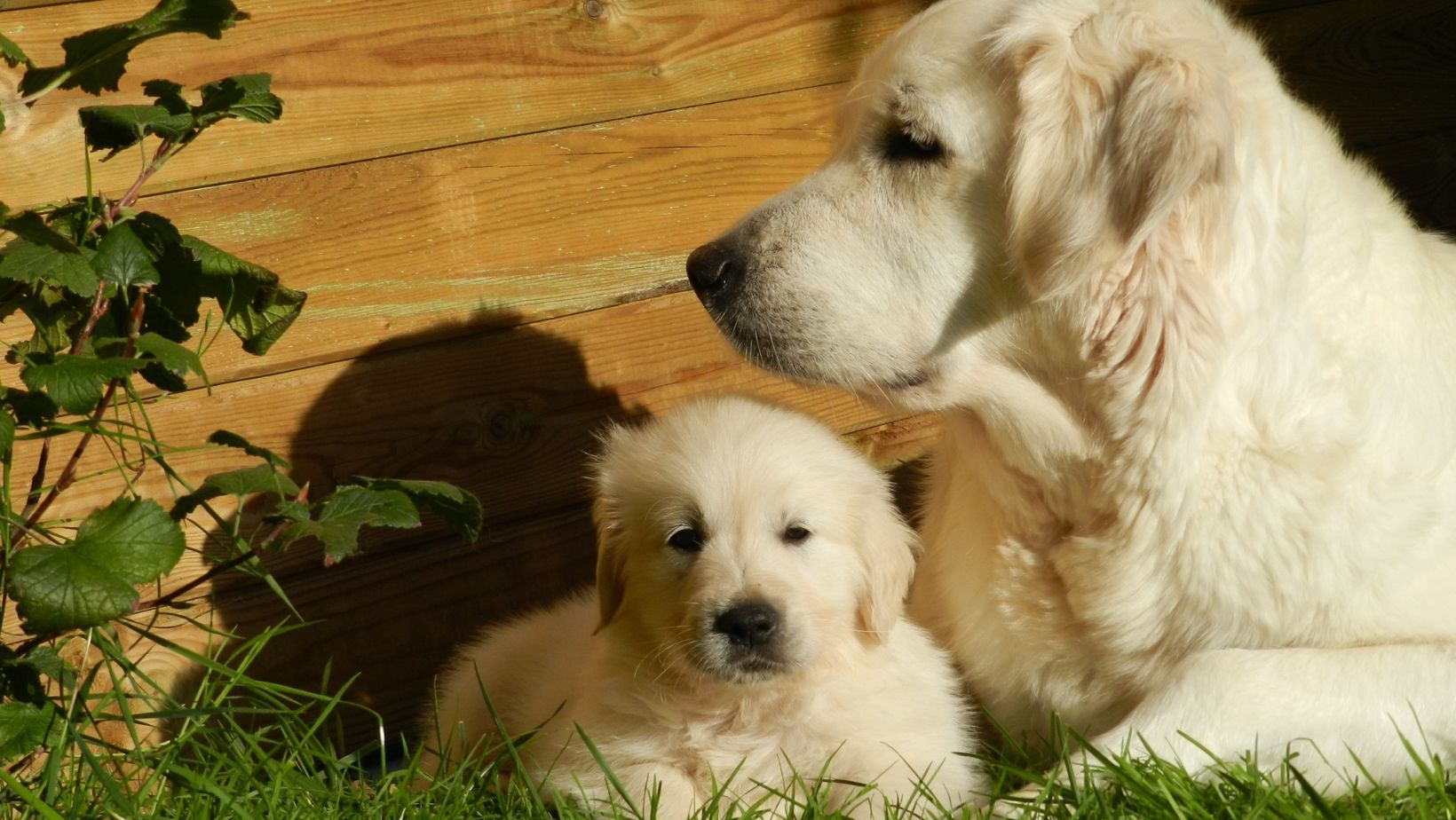How to Train a Dog for Anxiety
Having a Labrador as a pet can be a joyous experience. Their playful nature, friendly demeanor, and loyalty make them one of the most popular breeds in America. But like any other breed, Labradors may experience anxiety. This emotional distress often stems from various factors such as separation from their owners, fear of certain situations or stimuli, or even due to aging.
Now you might wonder why Labradors specifically are prone to anxiety? Well, it’s partly because they’re highly sociable dogs that form strong bonds with their human families. When separated from their loved ones even for short periods, they can become anxious. Other times, past traumatic experiences may have left your Labrador with lingering fears.
But don’t fret! There’s good news here – you can train your dog to manage this anxiety effectively. Training is not just about teaching tricks or obedience; it also involves helping your furry friend navigate through their emotions healthily. So how do you go about this? Stay tuned as I delve deeper into understanding why ‘man’s best friend’ experiences anxiety and share effective training strategies for handling it.
Understanding Labrador Anxiety: An Overview
It’s not just humans that grapple with anxiety. Our cherished Labradors can too. Even though they’re known for their friendly and outgoing personalities, Labradors may experience anxiety due to several reasons.
One of the key triggers could be a significant change in their environment or routine. This might include moving into a new home, bringing home another pet, or even adjusting to your absence if you’ve started spending longer hours at work. Remember, dogs are creatures of habit and drastic changes can leave them feeling disoriented.
Genetics also play a crucial role in determining whether your Labrador will suffer from anxiety or not. Some dogs are simply more prone to it than others based on their genetic makeup.
Labrador puppies separated from their mothers too early also tend to develop anxiety disorders later in life. They miss out on vital lessons only mom can teach during those initial weeks together – like how to interact with other dogs and people.
Lastly, traumatic experiences such as accidents or abuse can lead to Post Traumatic Stress Disorder (PTSD) in dogs just as they do in humans.
But there’s good news! You can train your dog to manage his anxiety better:
- Start by identifying what triggers your pet’s anxious behavior.
- Then create controlled exposure to the trigger while offering positive reinforcement.
- Gradually increase exposure while continuing with the positive reinforcement until the dog becomes desensitized.
Remember, patience is key when training a dog for anxiety. It might take time but it’ll definitely be worth it when you see your beloved companion living a happier, healthier life!

Common Signs of Anxiety in Labradors
Let’s dive right into the heart of the matter – spotting anxiety in your Labrador. While it’s true that each dog carries its own unique set of behaviors, there are some common signs to watch out for when suspecting anxiety.
Excessive barking or howling can be a clear indicator. If you’ve noticed your Lab is making more noise than usual, especially when you’re not around, it might be suffering from separation anxiety. Shaking and panting are also telltale signs; they’re the body’s natural response to stress.
Next up on our list is destructive behavior. I’m talking about things like chewing furniture or digging holes in the backyard when left alone. This isn’t just your furry friend being naughty — it’s a cry for help! A Labrador with anxiety may even show aggressive behavior towards other animals or people, which is quite out of character for this friendly breed.
Here’s another thing I’ve observed: changes in body language. Your normally perky-eared pup might keep his ears back, tuck his tail between his legs, or avoid eye contact. These subtle shifts signal discomfort and unease.
And lastly, let’s talk about bathroom habits because yes, they matter too! If toilet training seems to have gone down the drain (pun intended!) with sudden indoor ‘accidents’, consider it a red flag for potential anxiety issues.